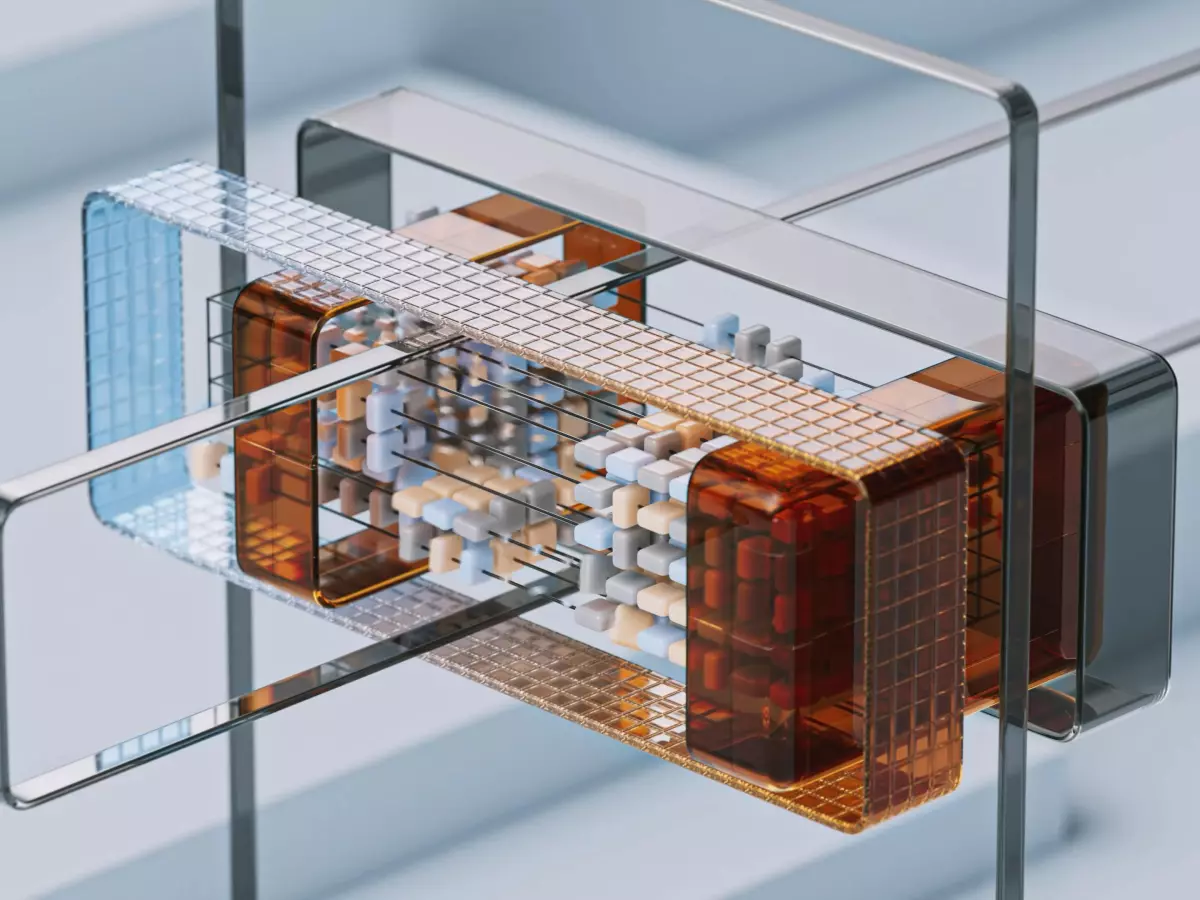Liquid's AI Revolution
The AI world has been dominated by transformer models for years. They're the backbone of everything from language processing to image recognition. But what if I told you that a new kid on the block is already making waves and it's not using transformers at all?

By Dylan Cooper
That's right, Liquid, a startup spun off from MIT, has just dropped a bombshell on the AI community. They've developed non-transformer AI models that are already state-of-the-art. And no, this isn't just another tech buzzword or overhyped breakthrough. These models are legit, and they're making AI pros sit up and take notice. According to VentureBeat, Liquid's models are already outperforming some of the best transformer-based systems out there.
So, what's the big deal? Why should you care about these non-transformer models? Let's break it down.
1. No Transformers, No Problem
For years, transformers have been the go-to architecture for AI models, especially in natural language processing (NLP). But Liquid's non-transformer models are proving that you don't need transformers to achieve state-of-the-art results. This is huge because transformers, while powerful, are resource-hungry and require massive amounts of data and computational power. Liquid's models, on the other hand, are more efficient and scalable, making them accessible to a wider range of applications.
2. Efficiency Like You've Never Seen
One of the biggest challenges with AI models is the sheer amount of computational power they require. Liquid's non-transformer models are designed to be more efficient, meaning they can achieve similar or even better results with less computational overhead. This is a game-changer for industries that rely on AI but don't have access to the massive data centers that tech giants like Google or Microsoft have. Imagine being able to run cutting-edge AI models on your laptop or even your smartphone. That's the kind of future Liquid is promising.
3. Versatility Across Domains
While transformers have been great for NLP, they've struggled in other areas like computer vision or robotics. Liquid's non-transformer models, however, are showing promise across a wide range of domains. From image recognition to autonomous systems, these models are proving to be incredibly versatile. This opens up new possibilities for AI applications in industries like healthcare, manufacturing, and even gaming. Yes, you heard that right—gaming could see a massive boost from these new models.
4. Faster Training Times
If you've ever worked with AI models, you know that training them can take forever. We're talking days, weeks, or even months, depending on the complexity of the model and the amount of data. Liquid's non-transformer models are designed to train faster, which means you can iterate and improve your models more quickly. This is especially important in industries where time is money, like finance or autonomous vehicles. Faster training times mean faster deployment and, ultimately, faster innovation.
5. Democratizing AI
Perhaps the most exciting aspect of Liquid's non-transformer models is their potential to democratize AI. By reducing the computational requirements and making the models more efficient, Liquid is opening the door for smaller companies, startups, and even individual developers to leverage state-of-the-art AI. This could lead to an explosion of innovation as more people get access to the tools they need to build the next big thing in AI.
So, what does this all mean for the future of AI? Well, it's clear that Liquid's non-transformer models are shaking things up in a big way. Whether you're a developer, a business owner, or just a tech enthusiast, this is a development you should be paying attention to. The AI landscape is evolving, and Liquid is leading the charge.





